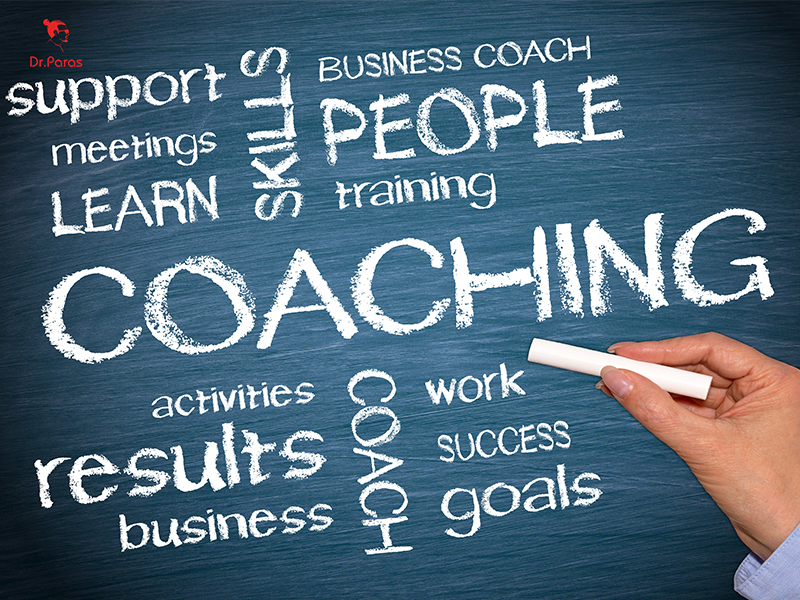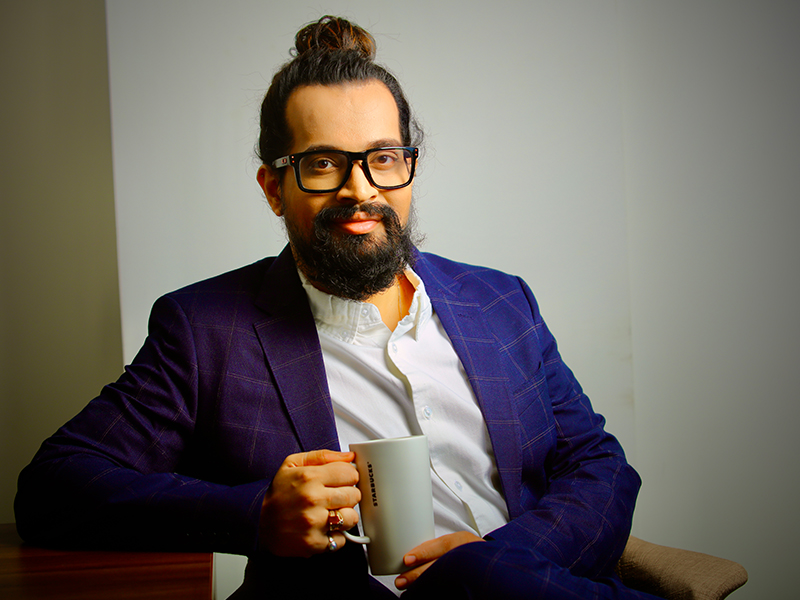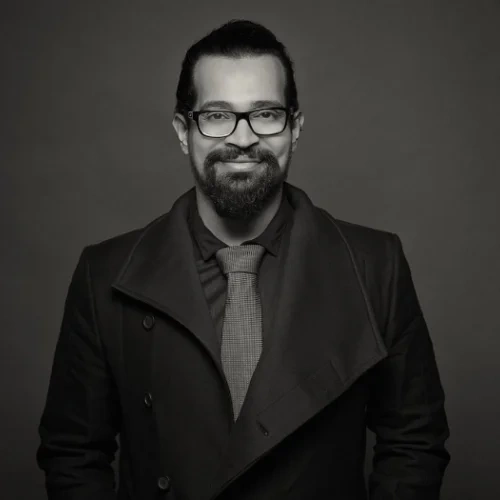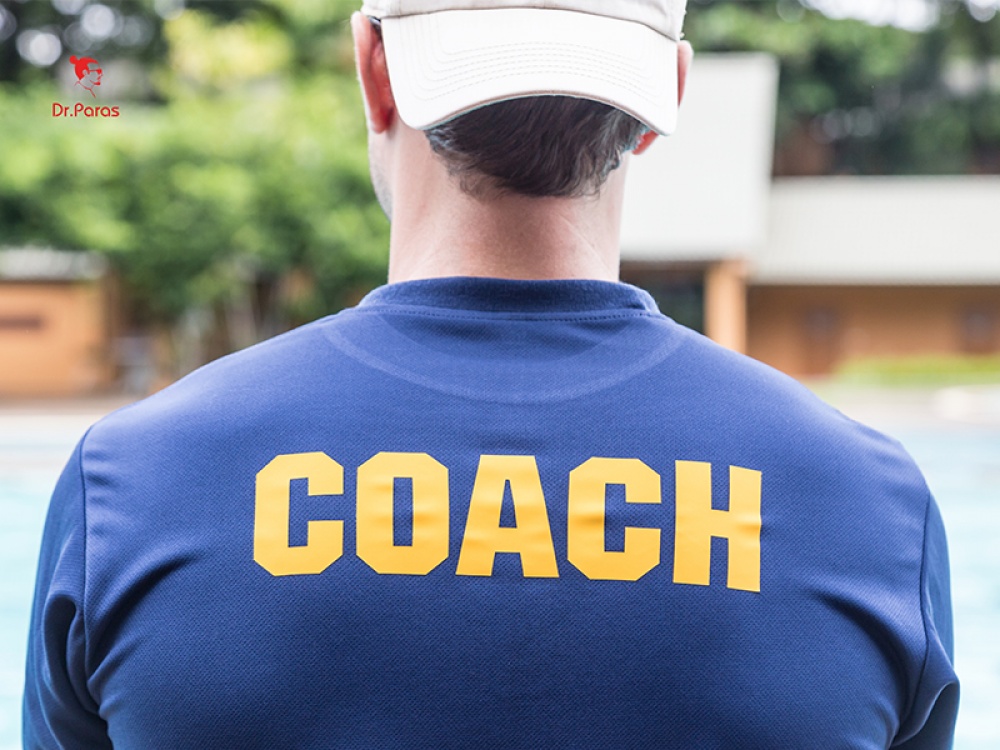It was a sweltering humid day in my city. I faced some technical issues just before beginning my online coaching sessions. I could sense the noise around me increase considerably making me feel a little uneasy as my scheduled meeting time inched closer.
I could have reacted in intense anger and annoyance with the commotion around me along with the heat, or the fact that my technical issues were too much to handle. However, my coaching practice over the years has led me to use a very unique tool named the Olurra Tool.
This helped me realign my thoughts minutes before launching into a session without the worry, stress, and negative feelings. I had a successful session by being in tune with the environment, and felt great in the beautiful vibes exchanged online.
Let me get back to the core context. Coaching is essential in personal and professional life. Coaching helps one be open-minded while formulating goals and ensuring our decision-making skills align with the goals.
There are many qualities that make a coach successful - some being inborn, some honed with time. But, how does a coach ensure he/she performs at their highest potential?
Over the years, I’ve built a coaching model named Olurra which in turn helps you make the coaching practice a highly engaging and rewarding one.
What is the Olurra Tool?
The Olurra tool works to make coaches sharpen their practice by raising self-awareness to a great level. The daily practice works towards leveraging one’s skills and understanding the entire environment around.
This moves a coach towards being highly observant in their skills while creating super successful coaching sessions and ensuring the core competencies are adhered to, every time!

The Olurra Technique touches all the points mentioned below.
1. O - Observing
Observation and being Mindful
Observation is an important skill for all coaches. The Olurra technique works towards raising this skill by making coaches highly observant towards their client, and their sessions. Coaches who train with me learn to step outside their rigid framework to expand and understand a client’s thinking, their culture and beliefs, and their situations.
It’s about unlearning one’s own fixed ideologies with the practice of being mindful to develop an embracing attitude without any judgments attached. It helps change the lens towards the way a coach views a client giving more clarity in the coaching process.
I add the element of mindfulness to raise the power of observation through a quiet reflective practice.
2. L - Learning
Develop a Learning Attitude
Learning is an ongoing process that goes beyond formal education. You can observe how you have acquired information over the years, and these will reveal a pattern. Learning includes 2 types of behaviors -
- Positive
- Negative
Every person has different processes of learning. In the Olurra model, learning is an important point for coaches to be able to understand behaviorism. Behaviorism (concept of psychology) traces how one’s behaviors are developed through conditioning.
Behavioural Learning is categorized into 3 types:
i) Classical Conditioning
Based on Pavlov’s experiment, classical conditioning traces the connection a person makes between a previously neutral stimulus and a stimulus that generates a natural response in a person.
Pavlov demonstrated the same in an experiment wherein he combined a natural stimulus (smell of food) with the sound of a bell when his attendants went to feed the dogs.
The dogs soon associated the sound of the bell with the food wherein the aroma of the food caused them to salivate. Interestingly, the dogs soon salivated with the sound of the bell as by now, they had formed the association of the bell with the food.
ii) Operant Conditioning
This type of conditioning is defined as the consequences of our actions that shape voluntary behavior. The method uses a system of reward and punishment for behavior displayed.
A person soon learns which behavior is ‘good’ and ‘bad’ as per the operant conditioning.
This was first mentioned by B.F. Skinner. His ideas were based on the studies of Edward Thorndike. This can be understood with a simple example of a dog who gets a pat on the head for ‘good behavior’ such as listening to commands.
This reinforces a positive message. A dog may be yelled at when it does not obey such as jumping up and down, thereby giving a sign of a negative message. On the other hand, it can be a positive punishment when a parent reprimands their children for not studying for the test and mentions a cutdown on their screen time.
Here, the children would be quick to study further making this a negative punishment in which a positive stimulus is almost taken away.
iii) Observational Learning
This process of learning is about observing others, storing the information, and then, imitating the observed behaviors. This happens right from one’s growing up years. For example, a child observes how their parents socialize in a group (eating habits, etiquette), and may pick up the same behavior.
The Bobo doll experiment by Bandura displays how children imitate what they watched on screen in their real life. In this experiment, the children were shown an adult hitting a balloon doll. When the children were given the same doll, they imitated the actions as seen on screen.
Observational learning can also be positive in many different ways.
The Olurra tool works to make coaches sharpen their practice by raising self-awareness to a great level.
3. U - Unlearning
Unlearning and Learning
Unlearning may often be looked at as forgetting about something. Unlearning, however, is to be considered as seeking an alternative method of understanding the same situation. Another way to understand unlearning is to take a step behind, and relook at the same situation to find new ways to do things differently.
A majority of organizations or individuals are often stuck with, “We’ve always done things this way.” There is a need to change the methods to see what works and what doesn’t to be able to create new pathways in life.
In the coaching sessions, a coach needs to create space to allow a client to view what works for them and what needs to be altered or modified. A coach may also need to modify own behavior to adapt to the situation and be more open towards understanding others.
A simple theory would be - if you want to know more about something, begin by unlearning what you already know!
4. R - Reframing
Reframing of thoughts
Reframing changes the way an individual looks at things. When we face different situations in life, we tend to hold beliefs such as, “Oh! Things have always been this way to me,” or “I knew it, women are always like that!”
This view defines the ‘frame’ we hold to look at a situation. This limits our approach to situations, people, and life in general. Reframing thoughts prevents us from attaching a meaning to a situation and initiates a shift.
The shift begins when we consciously observe the thoughts and restructure them to arrive at a realistic view. This is especially helpful to reframe negative thought processes and move on to unblock barriers. This stops an individual from categorizing things or people in a box such as ‘good or bad’ or ‘true or untrue’.
It brings a realistic view without all the preconceived ideas.
For example, a person who is feeling a sense of fear or a job loss in an organization may feel anxiety when he/she receives an email for a personal meeting with the manager. A person who tends to be negative may worry and think, “I am sure I have done something wrong. What could be the issue?”
Here, reframing works to see the situation in a different light. There are multiple possibilities of the situation and the mind would know just that!
The concept of reframing allows a coach to view a situation through various lenses. In mental health, this is termed as Cognitive Reframing wherein one works with the client to view a situation from different perspectives.
Olurra ingrains reframing to help clients to move to a new space. This includes the flexibility to change/alter their view towards the core issue. A coach thus makes their client view many other angles to their problems while recognizing there are indeed a variety of ways to solve an issue and no one can ever be ‘stuck in a problem.’
Reframing supports a person to identify negative thoughts, increase awareness, while bringing more positivity to life.
5. R - Reflecting
Reflecting on Self, Others
Reflecting, which is often associated with deep thinking is a powerful part of the coaching practice. In coaching, the reflective practice is about using one’s thought process to problem-solve without any bias or judgment towards the situation.
Reflective practice is beneficial to coaches as it supports them to gain more meaning from the experience. It gives them a deeper understanding of the ‘what’ and the ‘how’ of the coaching session and using the knowledge to create successful coaching sessions. This makes a client highly aware of their own behaviors and decisions in life.
Olurra brings attention to reflecting as a practice for coaching. Coaches use the process to have a clear understanding of their coaching sessions. They use the observation skills combined with reflecting upon the words and feelings exchanged during the coaching sessions.
It helps coaches discover more from their clients by using a combination of reflective questions with the client.
Coaches also benefit from understanding the difference between reflect and reflex. While reflection is a deep thinking process, reflex is nothing but an automatic response that often occurs as a natural reaction without any thought process.
A reflex action is more of a defensive approach that happens automatically while responding through the reptilian brain. A coach needs to be aware that reflective practice is central to their coaching methods.
This gives a coach a broader perspective over what works in the coaching process and what can cause an interference in communication during a coaching session.
Another interesting aspect is the use of preflecting to enhance reflection.
In the tool I’ve devised for coaching, I raise attention to preflection which is nothing but a reflective practice a coach can hold before they begin the session. This is a step to enhance the reflection process wherein a coach learns to develop the vision of his coaching practice.
This means he/she can develop the vision of the client sessions (hand-in-hand with the client) to understand the goal formation process. A coach creates it with the client to build a strong framework. What does this mean for a coach? They have higher success rates in their coaching sessions leading to satisfied clients.
A coach understands self better while being mindful of their environment, situation, and people around. (That’s what helped me align my thoughts faster in the situation which I’d mentioned earlier.)
David Kolb’s learning cycle that includes 4 stages is an important concept for coaches to study and practice in their coaching sessions. The Experiential Learning Cycle helps a coach view situations from different perspectives while bringing the same awareness in the client’s thought process.
In the Olurra model, learning is an important point for coaches to be able to understand behaviorism.
6. A - Awareness
Raising Awareness
Awareness in coaching is about becoming conscious about the unconscious parts to work towards creating successful coaching sessions. Coaching is a powerful process that supports clients to create awareness in themselves and install an outcome/solution-focused mindset.

We begin understanding awareness by observing the following concepts as outlined below:
a) Aristotle’s ‘Four Causes’ explains awareness in depth. This theory is expanded based on the motive of understanding the ‘Why’ in connection to being aware of things or situations around us. He mentions the ‘Four Causes’ as self-explanatory about the purpose of any object.
- Matter: Indicates the material of the subject. For example, a chair is made of wood, nails, or more.
- Form: This defines one’s description of the object. A chair has 4 legs and is used to be seated upon.
- Agency or Efficiency: This defines the process of the creation of an object. For example, a chair needs additional tools such as a hammer and upholstery material.
- End or Purpose: The final purpose of the object for which it is going through the process of change. For example, the chair is used to be seated upon.
This supports a client in the communication process and raises awareness of the coaching methods. Here, Matter represents the data shared by the client in a co-creative process. Form represents the manner/etiquette in which a conversation is built, Efficiency would represent the communication flow, and the End would be the final cause of how the partnership shapes into an outcome the client desires.
b) Understanding the Five Levels of Consciousness is essential to understand human psyche- an integral part of the coaching process. Another aspect to raise awareness as mentioned and explained beautifully by Trinfinity Academy here. We share with you our version of the same.
Level 1 is the basic ‘I-AM’ consciousness This denotes your base state. It can also be your core consciousness. It’s about one’s natural state or one’s individualistic approach.
Level 2 is referred to as the Points of View. To understand this, you would need to be observant about the vibration or the energy of the state of being. This understanding of the vibration may be connected to self, or what you feel in the present moment.
This further means, a person’s Point of View is connected to the vibration of the moment. At this stage, a person may select how one ‘chooses to perceive.’ When a person’s consciousness begins to select one specific Point of View, it installs a belief in a person’s mind.
Level 3 is about the Beliefs one holds about self, environment, and situations. Beliefs are formed due to the Points of View and the more aware one is, the more clarity a person may receive. To combine the earlier levels, it would be viewing a situation from one’s eyes, forming a point of view and developing a belief.
It’s necessary to shift the attention to a new point of view if needed, create a new story around it, believe in it, and change the vibrational energy exuded to create new results. When a person ‘feels the belief’ no matter how unrealistic it may sound, the awareness levels increase to keep an individual in alignment with good feelings.
The result is a new belief system that brings a beautiful shift in the thinking of a person.
Level 4 is the Subconscious or the Feelings about the emotions generated related to the beliefs. This is about holding onto a feeling and emotion because something around a person has triggered the emotion.
A higher awareness helps one understand that an individual may project their own emotions and meaning on a situation that has ‘happened to them to create those emotions.’ It’s about holding awareness that whatever negative has happened, creates a different emotion which has no connection to the actual event.
This is related to a ‘belief’ a person holds that sets off a trigger and then results in the emotions. It’s a reminder ‘no situation holds any meaning’ - unless we assign meaning to it.
For example, a person may be afraid of birds because a bird may have pecked them in their childhood days. Here, a person may assign the meaning of ‘birds are unsafe’ as it generates the feeling of fear.
The fifth and the final Level is the Conscious Mind or also the Thought. This relates to one’s conscious mind. Thoughts of the conscious mind are a way of reflecting upon self, situations, people, emotions.
Most of the time, thoughts are a reaction to ‘something that happens to us.’ These are emotions related to the subconscious mind, that are a result of holding on to beliefs. The beliefs are held by the unconscious mind.
A person can bring a shift of behavior by working on beliefs, and feeling what is ‘real’ in the new perspective.
An awareness of these 5 levels of consciousness is about realizing a person holds all the power in the first level. By understanding this concept, a coach can work with the client to raise awareness - make the client realize their own power at Level 1, choose a new perspective, be aware of triggers, feelings, and know that situations may activate a belief system.
When a client realizes these situations do not have any power over any person, then begins their process of true freedom from mental barriers.
Benefits of Using Olurra as a Coaching Tool
- Works as a self-coaching tool - a coach can use it for practice, as a method of self-supervision
- Collaborate effectively - develops higher awareness while expanding perspectives to be open towards self, others
- Share with their client so that client can work on themselves as a form of self-coaching (anytime they feel stuck in life)
- Highly beneficial for coach supervision - supervisors find it beneficial to work with their peers and sharpen their practice
- Raises accountability - coaches using Olurra learn mindfulness, awareness and being accountable for self and others
The Olurra techniques worked towards sharpening my skills and moving from coaching to create rapid success stories for many. If you’d like to enjoy the benefits, do write to me at: [email protected]





